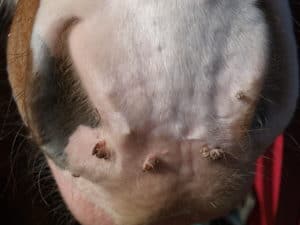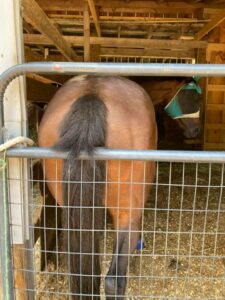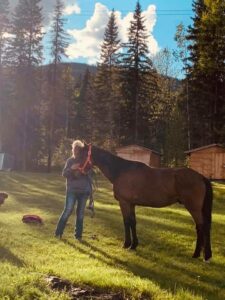Common Horse Coat Colors
Horses come in a variety of vivid coat colors, ranging from solid and static to multifaceted and ever-changing. These coat colors are controlled by complex genetics. Here, we showcase some common equine coat colors you might come across.
- Topics: Slideshow
Share
ADVERTISEMENT

Horse Coat Colors
Horses come in a variety of vivid coat colors, ranging from solid and static to multifaceted and ever-changing. These coat colors are controlled by complex genetics. Here, we showcase some common equine coat colors you might come across. | Photo: Photos.com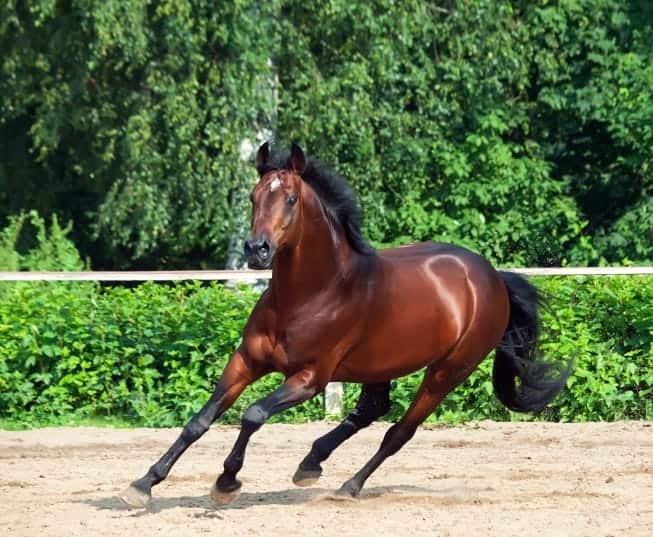
Bay
Bay horses have brown bodies and black manes, tails, and points on their legs, faces, and ears. | Photo: Photos.com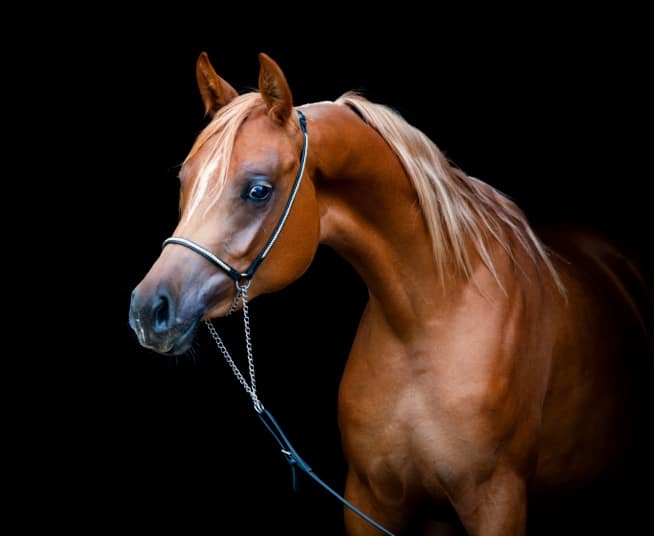
Chestnut
Chestnut horses have red coats that can range from light (called sorrel by many stock-breed registries) to liver (dark). They can also showcase flaxen manes and tails, which are lighter the horse’s coat. | Photo: Photos.com
Black
A true black horse has a pure black coat, with no brown hairs. The coat sometimes has a blue hue to it. | Photo: Photos.com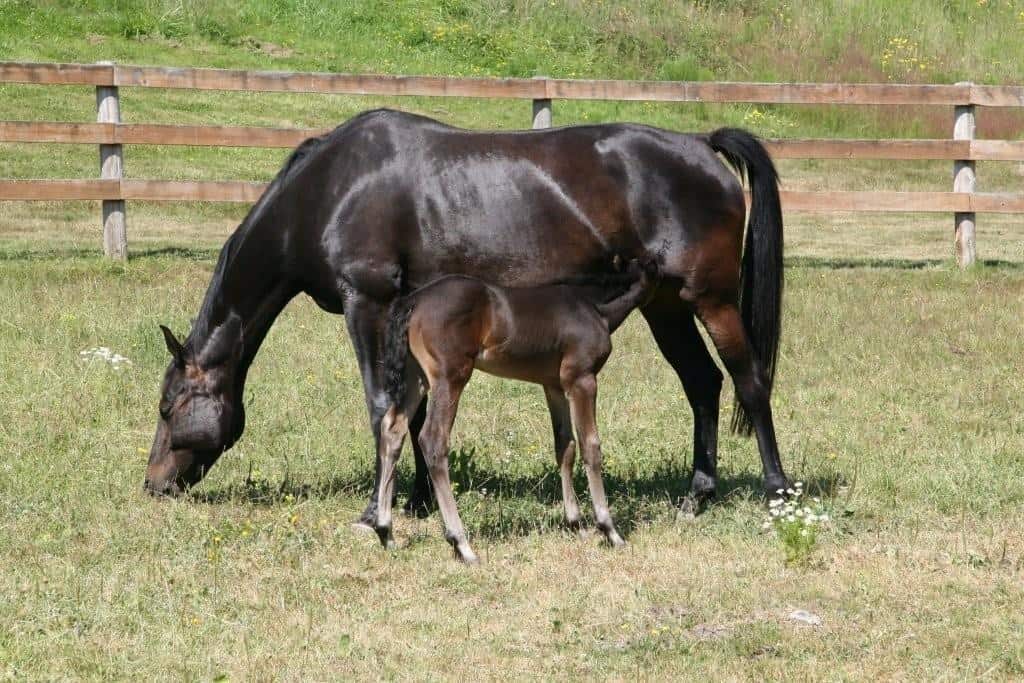
Seal Brown
Seal brown horses are nearly black but have brown hairs in the fleshy parts of their body, usually around the muzzle, elbow, and flank. | Photo: Courtesy Natalie Perry Dressage
Dun
Dun horses come in a variety of shades but all showcase some of the characteristic “primitive” dun factors: dorsal stripe, leg baring (horizontal striping on legs), ear frames (dark-tipped ears), face masking (dark points on the face), shoulder blade stripes, frosting (light hairs) in the mane and tail, and cobwebbing throughout the coat. Colors in this group include the bay dun (also known as zebra dun), red dun (with a red or chestnut mane and tail), and blue dun (also commonly called grulla). | Photo: Photos.com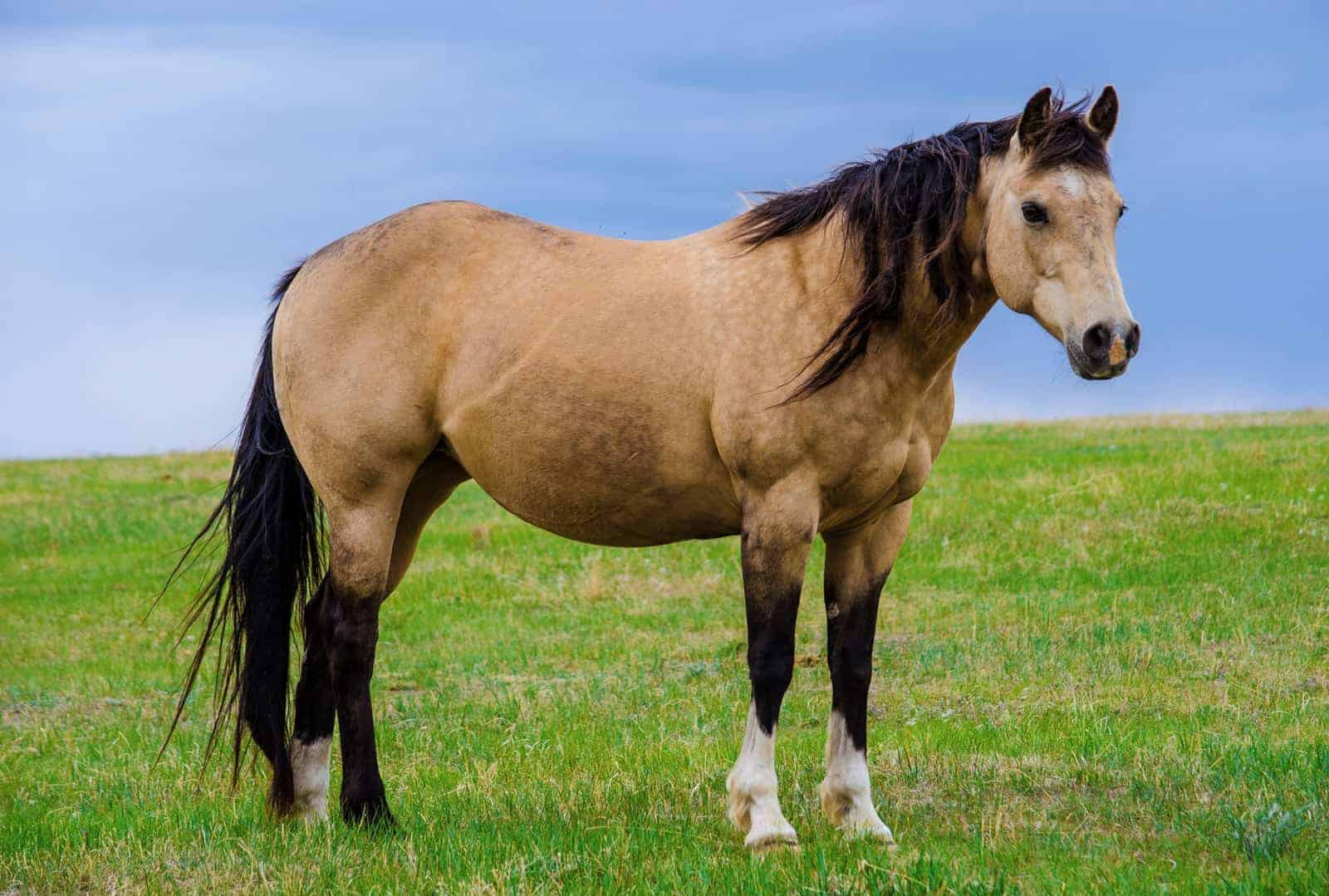
Buckskin
Buckskin horses have golden coats, black points (legs and ears), and black manes and tails. They are distinct from the similarly colored zebra or “classic” dun, because buckskins do not feature dun factor. | Photo: Photos.com
Palomino
Palominos have golden coats and creamy white manes and tails. Palominos' base coat can range from a pale yellow to a rich, gold color. | Photo: Photos.com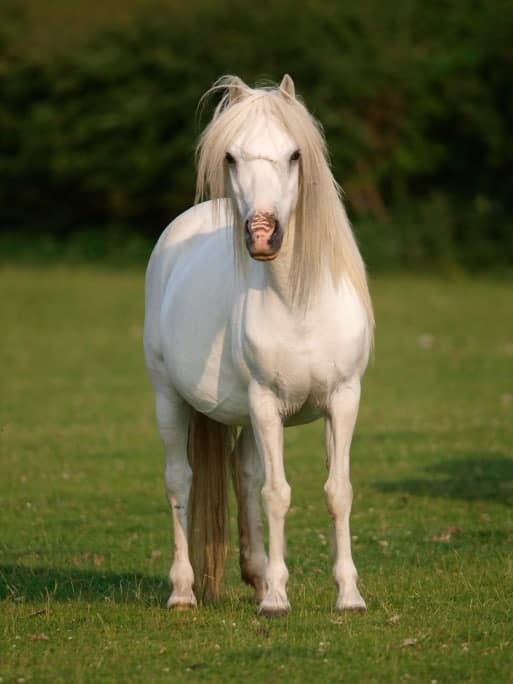
Gray
Horses with the gray gene are born another color, such as bay, chestnut, or even palomino or dun, and gray over time. Gray foals are often born otherwise solid with “gray goggles,” which is slight graying around the eyes. A light gray is distinguished from other light- or white-colored horses by the presence of dark-pigmented skin. | Photo: Photos.com
Roan
Roan horses have white hairs or ticking throughout their coats. Roans are born with their coat color and do not change (at least much) over time. Roans come in a variety of base colors, including but not limited to strawberry (bay), red (chestnut), and blue (black). | Photo: Photos.com
Appaloosa
Appaloosa patterns come in a myriad of colors and spotting and/or blanket variations. Many look as though someone has covered them with a white blanket covered in spots. Coat patterns can include, but aren’t limited to, leopard (a white body covered in darker spots), the ever-changing roan or snowflake blanket (Appaloosa roans are different than traditional roans, which do not change), few spots (like the name sounds, these horses are blanketed but have “few spots”). | Photo: Photos.com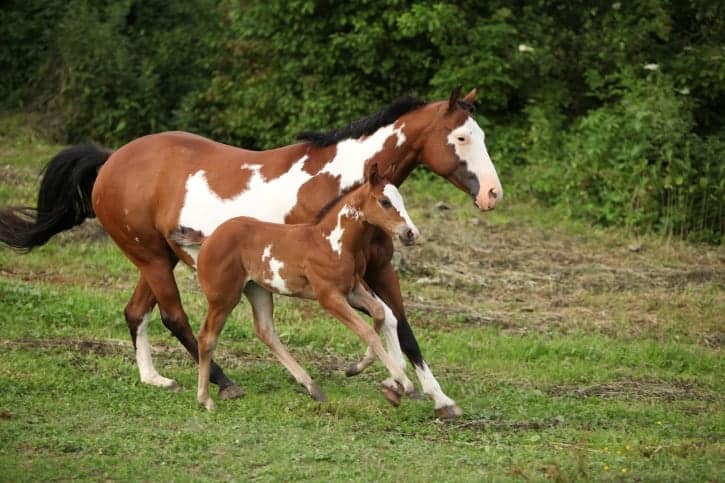
Pinto
Pinto coloring looks as though someone has splashed white paint over an otherwise-colored horse, or colored paint over an otherwise-white horse, leaving large splotches (which are larger than an Appaloosa’s spots). Paint and pinto colors are controlled by several different genes and come in a variety of colors and combinations. | Photo: Photos.com
Share

The Horse: Your Guide To Equine Health Care is an equine publication providing the latest news and information on the health, care, welfare, and management of all equids.
Related Articles
Stay on top of the most recent Horse Health news with


